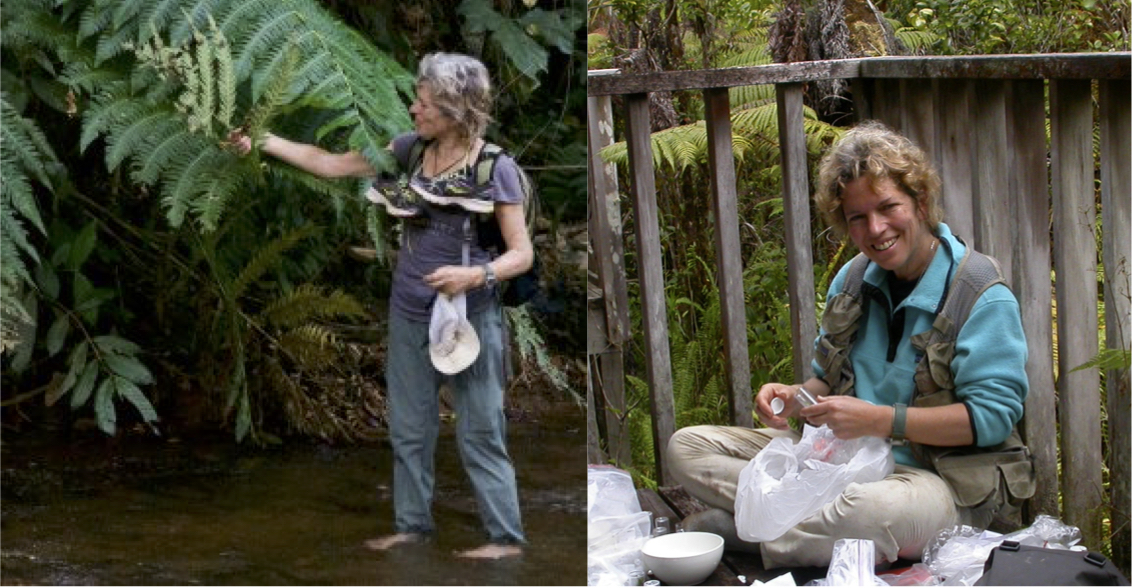Adaptive radiation on remote islands: extrinsic and intrinsic barriers in shaping diversity
Adaptive radiation is one of the key drivers of species diversity, yet the mechanism through which it is achieved, and the outcome of the process, is largely
Speakers
Event series
Content navigation
Description

Adaptive radiation is one of the key drivers of species diversity, yet the mechanism through which it is achieved, and the outcome of the process, is largely unknown. We know that lineages are continuously being formed, so the question is, under what conditions do these entities persist?
Here, I focus on the Hawaiian Islands to highlight mechanisms through which adaptive diversification can be achieved and persist. Initial divergence can result from environmental or sexual selection, reproductive isolation tending to evolve as a by-product of the ongoing divergent selection. However, initial divergence can also occur without divergent selection, where intrinsic barriers emerge associated with geographic separation in the same habitat.
It is frequently difficult to tease apart these processes; however, the Hawaiian Islands cover an adequate geological timespan over which to observe the early stages of radiation. Focusing largely on spiders, I identify lineages in which extrinsic factors appear to play the dominant role in adaptive diversification; in these, diversity tends to increase over time with repeated evolution of sets of taxa adapted to similar environments. In contrast, among those in which geographic isolation and intrinsic factors appear to have shaped adaptive diversification, diversity appears to accumulate through biotic interactions - character displacement between relatives - with repeated evolution of finite sets of interacting taxa.
These results have key relevance to understanding how communities come together in the context of adaptive radiation.
Location
Eucalyptus Seminar Room, Level 2 RN Robertson Bldg, ANU

